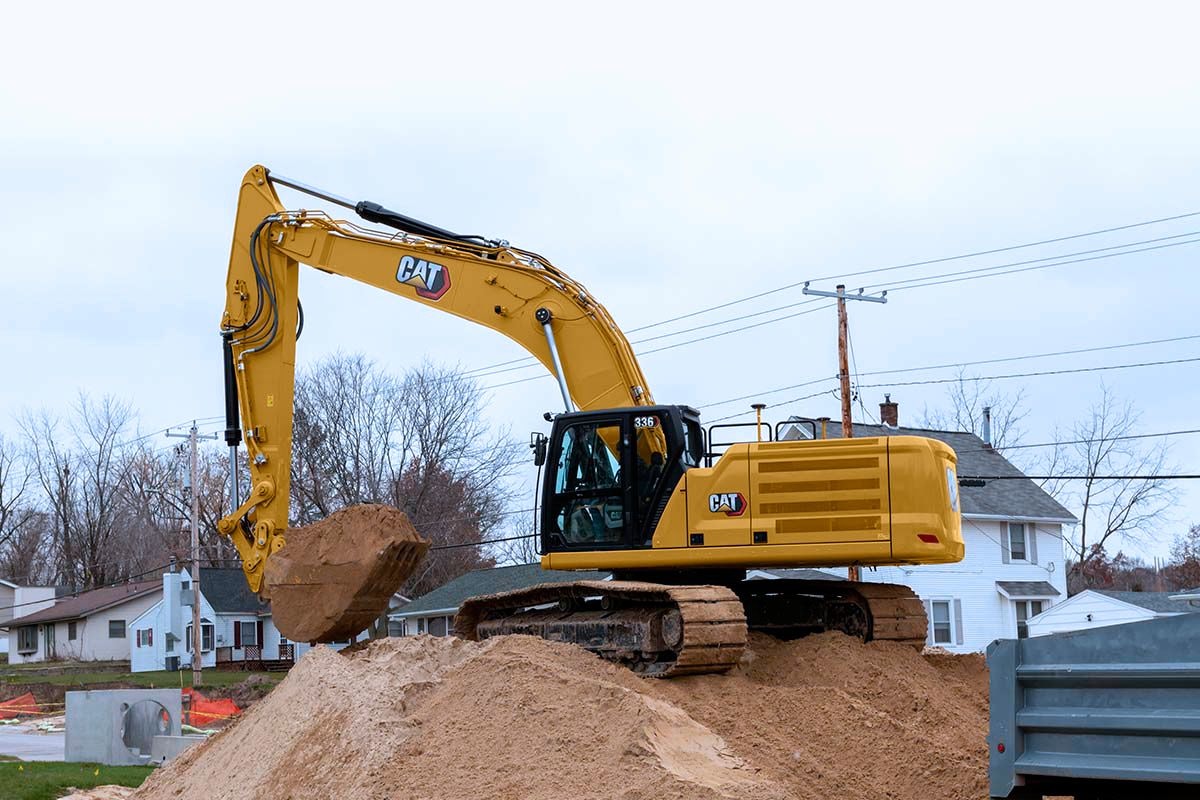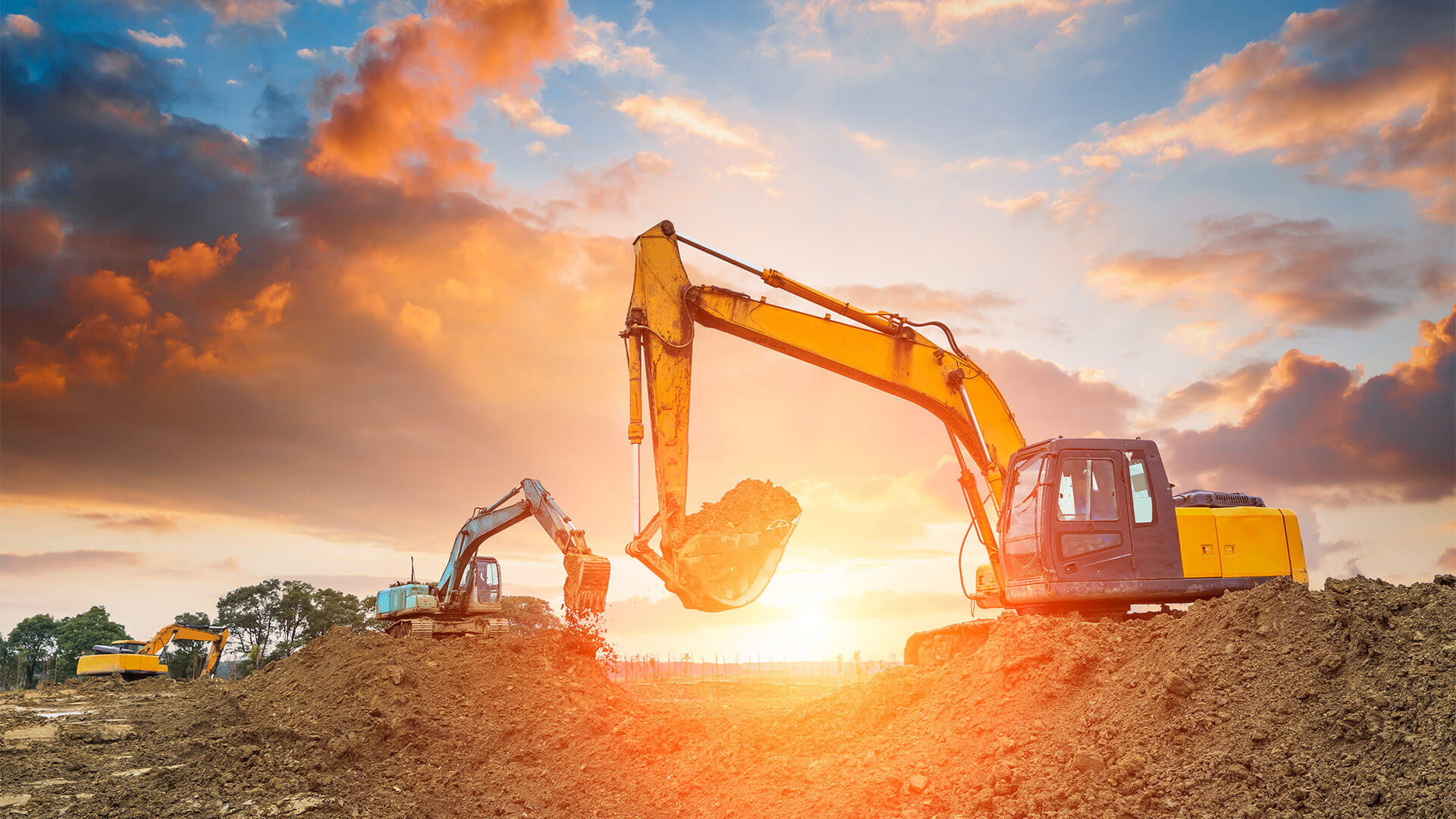Find the most effective Rental Company Near Me for Equipment
Find the most effective Rental Company Near Me for Equipment
Blog Article
Leasing Vs. Buying Building Tools: Making the Right Choice for Your Job
When beginning on a building task, one of the essential choices that forecast stakeholders and managers deal with is whether to purchase or lease building and construction devices. The choice hinges on various aspects such as expense considerations, job duration, equipment upkeep, scalability, versatility, and danger management.
Cost Factors To Consider
When examining the financial aspect of purchasing versus renting building devices, the upfront prices and lasting expenditures must be very carefully taken into consideration. Leasing devices frequently calls for reduced preliminary repayments compared to purchasing, making it an appealing choice for temporary jobs or specialists with spending plan constraints. Renting out eliminates the need for large resources outlays and decreases the economic threat associated with equipment ownership, such as maintenance and devaluation costs. However, in the lengthy run, consistently renting tools can gather greater prices than acquiring, especially for extended jobs.
On the various other hand, getting construction equipment involves higher upfront costs but can result in lasting cost savings, particularly for constant customers or long-lasting jobs. Inevitably, the choice in between renting out and purchasing building and construction equipment pivots on the task's period, frequency of usage, budget plan considerations, and lasting economic objectives.
Project Period

On the other hand, for lasting tasks or ongoing building and construction job, buying tools might be the more affordable alternative. Purchasing equipment can cause set you back financial savings over time, especially if the devices will be frequently utilized. Additionally, owning equipment supplies a feeling of control over its accessibility and permits for modification to fit specific job needs.

Equipment Maintenance
Provided the crucial role job duration plays in establishing the most affordable approach in between leasing and acquiring construction equipment, the emphasis now moves towards analyzing the important facet of equipment upkeep. Appropriate maintenance is important for making certain the optimal performance and long life of building tools. Renting tools commonly includes the benefit of having well-maintained equipment offered by the rental business. This can reduce the worry of upkeep jobs from the task proprietor or professional, saving effort and time. On the various other hand, owning tools needs a proactive approach to maintenance to avoid break downs, ensure safety and security, and expand the tools's life-span. Normal assessments, maintenance, and timely repairs are needed to maintain owned devices in top working problem. Consider upkeep expenses when deciding between renting out and buying, as ignoring upkeep can bring about costly fixings, downtime, and task hold-ups. Eventually, a well-maintained construction equipment fleet, whether rented out or had, is crucial for the efficient and effective completion of construction tasks.
Versatility and Scalability
In the world of construction tools management, the aspect of adaptability and scalability holds significant significance for task performance and source usage. Deciding to lease building equipment provides a high degree of flexibility as it enables for the fast change of devices kinds and amounts based on the advancing requirements of a job.
In addition, scalability, an additional critical aspect, is inherently linked to versatility. Renting out building equipment uses the advantage of quickly scaling operations up or down as task needs rise and fall. Specialists can swiftly exchange or include equipment to match the job's altering demands without the constraints of having assets that may come to be underutilized or out-of-date. This capability to range sources successfully can cause expense financial savings and improved task timelines, making renting a beneficial option for projects needing versatility and receptive this resource allowance.
Danger Management
Effective danger administration in building and construction tools procedures is critical to making certain job success and mitigating prospective monetary losses. Building and construction projects naturally entail different threats, such as devices malfunctions, mishaps, and task hold-ups, which can considerably influence the task timeline and spending plan. By very carefully thinking about the risks linked with owning or leasing building equipment, job supervisors can make informed decisions to decrease these potential risks.
Renting building and construction tools can use a level of risk reduction by transferring the duty of repair and maintenance to the rental firm. This can lower the economic worry on the task proprietor in case of unexpected tools failures (mini excavator rental). Furthermore, leasing provides the versatility to accessibility specific equipment for details task phases, decreasing the threat of possessing underutilized find machinery
On the other hand, owning building tools supplies a feeling of control over its usage and upkeep. However, this additionally suggests bearing the full responsibility for repairs, maintenance expenses, and depreciation, raising the monetary risks connected with devices ownership. Cautious danger assessment and factor to consider of elements such as project period, equipment application, and maintenance needs are important in identifying the most suitable alternative for reliable danger management in building tasks.
Conclusion
Finally, when making a decision in between purchasing and renting building equipment, it is important to consider expense, project duration, devices upkeep, risk, versatility, and scalability monitoring. Each aspect plays a critical duty in establishing one of the most ideal option for the job available. By thoroughly assessing these elements, task managers can make an educated decision that aligns with their budget, timeline, and total task goals.

Report this page